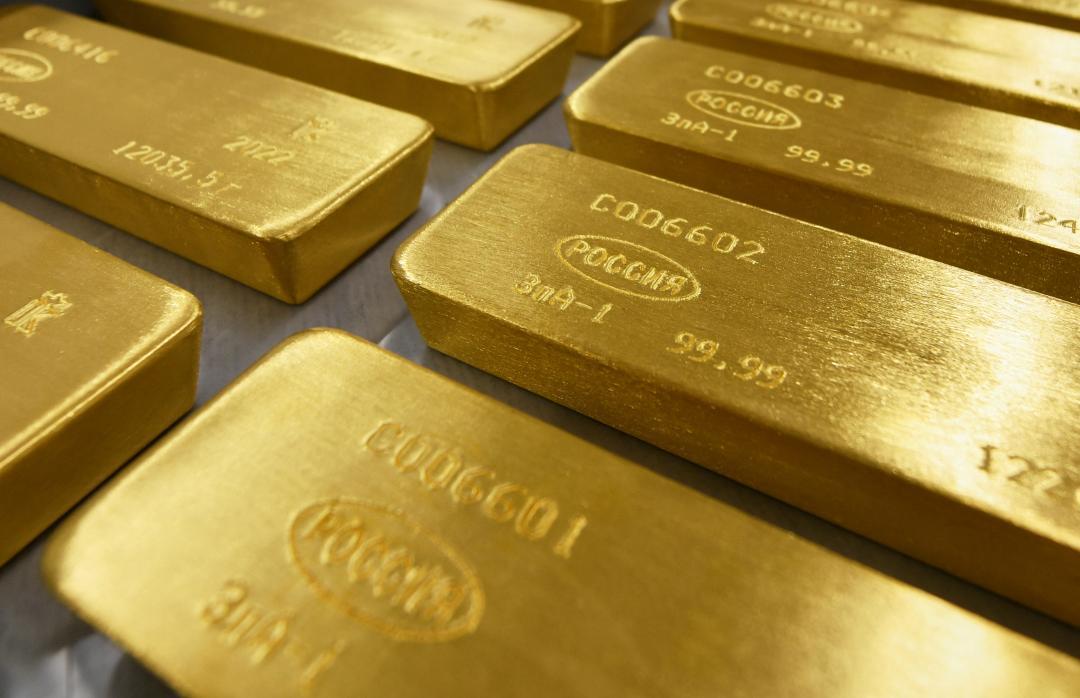 |
|
The Indian gold market experienced a significant surge on Monday, with prices reaching unprecedented levels. According to the All India Sarafa Association, the price of 10 grams of 24-karat gold soared to ₹88,500, a record high, representing a substantial increase of ₹2,430 compared to the previous week's closing price of ₹86,070. This dramatic rise is attributed to a confluence of factors, primarily the strengthening global gold market and the weakening of the Indian rupee against the US dollar. The global gold market has seen considerable upward pressure in recent weeks, influenced by various geopolitical factors, economic uncertainties, and investor sentiment. A weakening rupee exacerbates the situation, as gold is priced internationally in US dollars. When the rupee depreciates, the cost of importing gold increases, leading to higher prices for consumers in India.
The impact of this price increase is far-reaching, affecting various segments of the Indian economy. Jewelry manufacturers and retailers will face immediate challenges in managing their costs and pricing strategies. Consumers planning to purchase gold for investment or personal use will experience a significant increase in their expenditure. The rise in gold prices is also likely to impact inflation figures, as gold is a significant component of the consumer price index (CPI). The government might need to consider policy interventions to mitigate the impact of rising gold prices on the overall economy. This could involve measures to stabilize the rupee or to manage the flow of gold imports.
The increase in silver prices further accentuates the trend of rising precious metal values. Silver prices jumped by ₹1,000 per kilogram, reaching ₹97,500. This parallel movement in gold and silver prices suggests a broader trend in the precious metals market, indicating a potential shift in investor preferences toward safe haven assets amidst global economic uncertainty. The correlation between gold and silver prices is often strong, as both are considered safe haven assets and are influenced by similar economic and geopolitical factors. The rise in silver prices adds another layer of complexity to the economic situation, impacting industries that rely heavily on silver, such as electronics and photography. The future trajectory of gold and silver prices will continue to be closely monitored by investors, policymakers, and consumers alike.
The current situation underscores the volatile nature of the precious metals market and highlights the importance of understanding the factors influencing these price fluctuations. Geopolitical events, economic policies, currency exchange rates, and investor sentiment all play a significant role in determining the prices of gold and silver. For consumers, it is crucial to make informed decisions based on their individual needs and risk tolerance. Investing in gold and silver should be a strategic decision rather than a knee-jerk reaction to short-term price movements. Expert financial advice is often recommended before making significant investments in precious metals.
Looking ahead, the outlook for gold and silver prices remains uncertain. Continued global economic instability, rising inflation, and geopolitical tensions could potentially drive further price increases. Conversely, any positive developments in the global economy or changes in investor sentiment could lead to a decline in prices. The interplay of these factors makes predicting future price movements challenging. It is vital to stay informed about market trends and to consult with financial advisors before making any investment decisions. The current surge in gold and silver prices serves as a reminder of the importance of diversification and strategic planning in personal finance.
